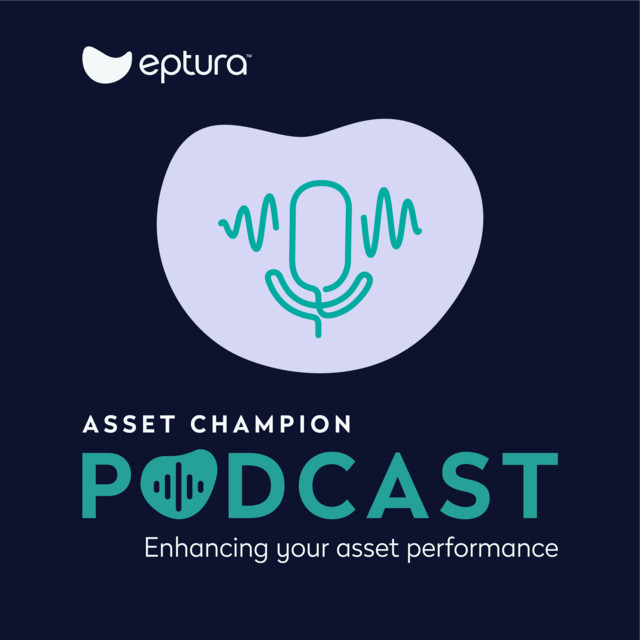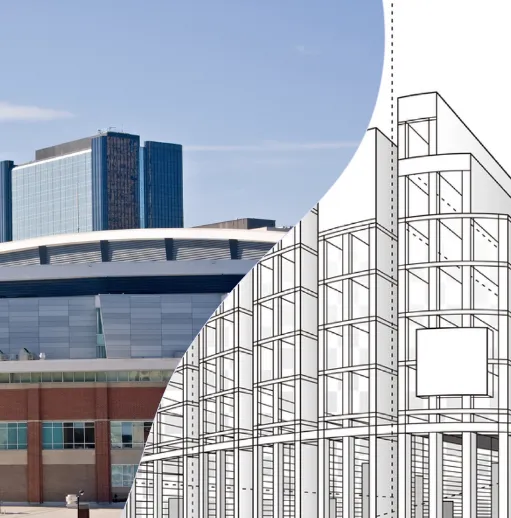
How much does a $5 part cost? It’s not a trick question. A $5 part costs $5. But there is a trick here, and it’s knowing that purchase price is only a small part of the total equation. If you want to know which maintenance strategies make the most sense for your facility budget, you need to look at purchase price plus the associated costs that come with repairing or replacing parts.
A level of repair analysis (LORA) helps you better understand critical costs for both complete systems and individual pieces of equipment. It’s how you make good repair-or-replace decisions. And when you do decide to go with repairs, a LORA also helps you decide on where the work gets done.
What is level of repair analysis (LORA)?
Level of repair analysis is a method for finding the right level and amount of maintenance to invest in an asset, so you have the smallest possible life cycle costs. It’s how you decide if you need to repair or replace things, and when you do repairs, where you do them.
The goal is to match the smallest amount of maintenance investment to each asset, so you spend the least while still meeting operational goals for availability and reliability. Basically, LORA is a way to get the biggest bangs for your maintenance buck.
![]()
Although some organizations might already have system in place for looking at overall repair-or-replace decisions when assets reach the end of their life cycle, you can use LORA for each assembly, sub-assembly, component, and part that makes up your assets and equipment.
What do you include in your LORA calculations?
Back to the question of our first example, that $5 part. When it fails, you have several different maintenance options, and to find the best one, you need to build different cost models.
So, for each option, you need to know the required resources, including people, tools, and testing equipment. Depending on the part and the type of maintenance, you might need someone with specialized skills to work with a specific tool. And once they’re done, they then need diagnostic equipment to make sure they did the work properly. All those costs can add up quickly.
You also need to look at where your techs do their work, because that also affects costs for each model.
What are the levels of repair you need to analyze?
Depending on the organization, you have either two or three repair levels, which are different from one another based on types of repairs and locations.
Organizational level maintenance
With O-level maintenance, techs are doing the work onsite. A lot of the time, it’s straight remove-and-replace work with modular components. There’s also a lot of repair-in-place work. The goal is to get the work completed as quickly as possible to avoid unscheduled downtime. How quickly? The name operational comes from the fact that the team is working while, for example in a manufacturing setting, while the line is up and running. It’s during operations.
Examples include changing out busted light bulbs and resetting conveyor belts.
Intermediate level maintenance
With I-level maintenance, techs take parts and components to back shops to work on them there. Because they have more space and access to more tools, they can complete more difficult repairs.
Ideally, the larger asset or piece of equipment can be kept online with rotating assets. So, when one of the fan assemblies inside a larger air compressor fails, the first step is to swap it out with one you had in inventory. Once you have the broken one back in the shop, you can start the repairs.
Depot-level maintenance
When the required work is more specialized, the maintenance department can send it out to repair depots or the original manufacturers. Here, jobs are either more complex, extensive, or both. D-level locations tend to have a lot of diagnostic equipment and manufacturing capabilities. They can find out what is wrong with the equipment and, when necessary, custom machine new parts, which is especially helpful when working on older assets. You can find replacement parts for a machine you bought last year, but what about something from 30 years ago?
It’s often helpful to think of maintenance as medicine for your machines. So, the first level of maintenance is when you skin your knee, and all you need is to brush off the dirt and grass, likely without even breaking your stride. The second level is when you skin your knee bad enough to draw blood, which sends you to the medicine cabinet for a bandage. The third level means a broken leg and a trip to the hospital.
Why are the benefits of level of repair analysis?
You save money by always making the move that gives you the best support for your operational goals for the smallest amount of money. Instead of spending a lot on a perfect result, you can spend a lot less on a good one.
And you’re saving money faster because every time a maintenance question comes up, it’s a lot more likely you already have an answer. Instead of trying to decide what to do and how best to do it each time, using LORA means you’ve already run a lot of the numbers.
Remember, facility and maintenance management are about keeping things rolling. The last thing you want to do is constantly re-invent the wheel.
How does facility management software help with LORA?
Just like everything else in facility and maintenance management, to do it right, you need the right data. Before you can build out your cost models for different maintenance decisions, you need to know what everything costs plus where everything lands in terms of criticality.
![]()
Getting a handle on costs always starts with clean, reliable data. It might be easy to look at a parts list for prices, but you need equipment maintenance software to reliably track data and generate maintenance metrics and key performance indicators for failure rates and average repair times, for example. From there, you can accurately calculate the costs of different maintenance options.
Next, you need to start balancing the costs against the criticality. Doing repairs onsite for some equipment might require large investments in new tools and training, but it’s well worth the money if it protects you against failures and downtime that can lead to regulatory fines, reputational loss, customer confidence loss, and overtime labor hours.
LORA maximizes return on investment
LORA helps you determine the best maintenance option for assemblies, components, and parts so you get the best return on investment over the course of an asset’s useful life. The goal is to determine the total cost of a series of maintenance options, and then choose the one that best supports operational goals related to availability and reliability for the lowest cost. Departments need to look at the physical requirements of providing each maintenance option, including staffing, supplies, and space.


